Pickleball enthusiasts, rejoice! Strap on your court shoes and grab your paddles, because this article is about to dive into the thrilling world of this popular sport. Whether you’re a seasoned player or a curious newcomer, understanding the nuances of indoor and outdoor pickleball is crucial. What makes them different? How does the playing experience vary? This comprehensive guide will break down the key distinctions between these two versions of pickleball, so you’ll know just what to expect on any court, regardless of the elements or environment. Get ready to pickle your way through this ultimate pickleball showdown!
Types of Pickleball Balls
Indoor Pickleballs
- Indoor Pickleballs are made of a softer plastic material that is specifically chosen for its durability and performance.
- These balls have a unique design with a smoother surface, allowing for a consistent and predictable bounce.
- The lighter weight of these balls not only makes them easier to handle, but also reduces fatigue during prolonged play sessions.
- Designed for use on indoor courts, which typically feature a smooth and non-abrasive surface, these pickleballs provide optimal performance and control.
- The use of softer material in their construction not only helps to reduce the impact on joints, but also enhances the ability to accurately control shots, making for a more enjoyable and satisfying playing experience.
Outdoor Pickleballs
- Outdoor Pickleballs are specifically designed to withstand the rigors of playing on rougher outdoor surfaces, such as asphalt or concrete.
- These balls have a harder plastic construction and come in a variety of colors for easier visibility against different outdoor backgrounds.
- The textured surface of these balls provides better grip and control, making them ideal for power shots and spin shots.
- The heavier weight of these balls allows for better wind resistance, making them less affected by outdoor elements such as gusts of wind.
- Outdoor pickleballs are often used in recreational play and tournaments due to their durability and ability to handle different playing surfaces.
How Do You Tell the Difference between Indoor and Outdoor Pickleballs?
Material
There are a few ways to tell the difference between indoor and outdoor pickleballs, but the most obvious one is the material. Indoor pickleballs are usually made of a softer plastic material, while outdoor pickleballs are made of harder plastic.

The softer material used for indoor balls allows them to bounce well on smooth, indoor surfaces like gym floors or courts. On the other hand, outdoor balls need to be made of a tougher material in order to withstand the rougher surfaces and weather conditions they may encounter.
Color
Another way to differentiate between indoor and outdoor pickleballs is by their color.
The reason for this difference in color is due to visibility. Indoor courts are well lit, so a white or light yellow ball stands out against the dark flooring. Outdoor courts, however, may not have as much lighting and often have darker surfaces, so a brighter colored ball is easier to see.Number of Holes
Indoor and outdoor pickleballs also differ in the number of holes they have. Indoor balls tend to have more holes than outdoor balls, with an average of 26 holes compared to 40 for outdoor balls. This is because indoor surfaces are smoother and provide less resistance, so a ball with more holes can still maintain a good bounce.
Outdoor balls need fewer holes to compensate for the rougher surfaces and wind resistance. The fewer holes also make outdoor balls more durable, as there are less weak points that can break or wear down over time. The diameter of holes may also vary between indoor and outdoor balls, with outdoor balls having slightly larger holes to allow for better airflow and reduce wind resistance.
Weight
Another difference between indoor and outdoor pickleballs is their weight. Indoor balls are usually lighter than outdoor balls, with an average weight of 0.88 ounces compared to 0.92 ounces for outdoor balls. This may not seem like a significant difference, but it can make a big impact on the speed and bounce of the ball. Lighter indoor balls can travel faster and have a higher bounce, while heavier outdoor balls are designed to resist the wind and maintain a more consistent trajectory.
Hardness
The hardness of indoor and outdoor pickleballs can also help distinguish between the two. Indoor balls tend to be softer and have more give when squeezed, while outdoor balls are harder and offer less flexibility.
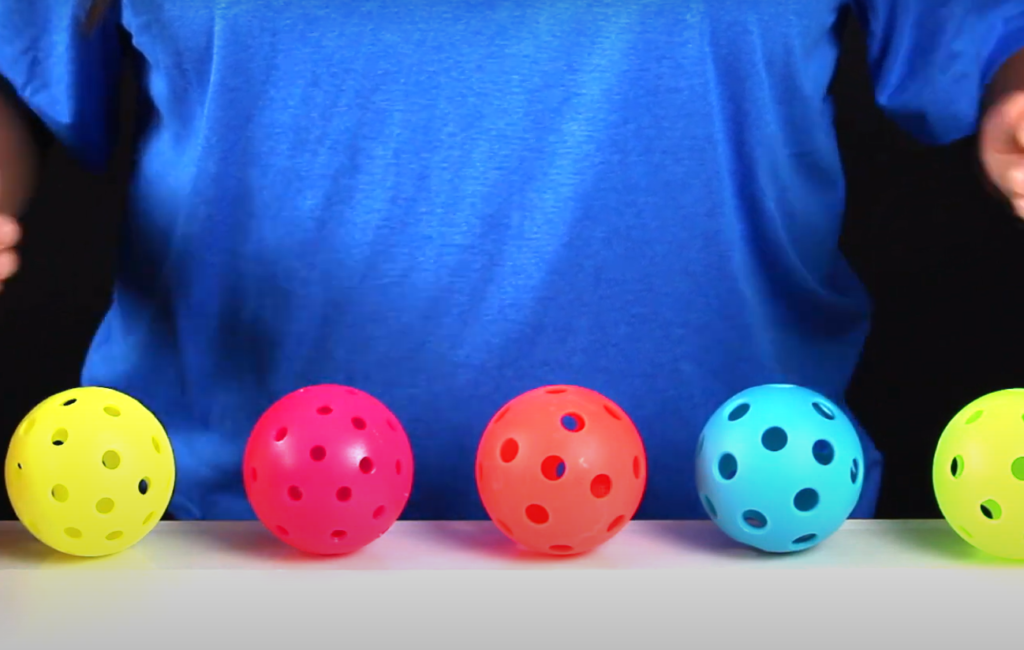
This difference in hardness is necessary for the different playing surfaces – indoor courts require a softer ball to maintain a good bounce, while outdoor courts need a harder ball to withstand the rougher surfaces.
Usage
The final way to distinguish between indoor and outdoor pickleballs is by their intended usage. Indoor balls are designed specifically for use on smooth, indoor surfaces like gym floors or courts. They are not meant to withstand the elements and may become damaged if used outside. On the other hand, outdoor balls are designed to be more durable and can handle rougher surfaces and weather conditions. They are also designed with better grip to help them stay in play on outdoor courts [1].
What are the Benefits and Downsides of Using an Indoor Pickleball?
Benefits of Using an Indoor Pickleball
One of the main benefits of using indoor pickleball is that it can be played year-round, regardless of weather conditions. This makes it a great option for players who live in areas with harsh winters or rainy seasons. Indoor pickleballs are also typically played on a hard surface, which allows for faster gameplay and more precise shots.
Another benefit of using indoor pickleballs is that they are often played in a controlled environment, such as a gym or sports facility. This means that players don’t have to worry about wind or sun affecting their game, and can focus solely on their skills and strategy. Additionally, many indoor pickleball facilities offer amenities such as locker rooms and showers, making it a convenient option for players who want to freshen up after a game.
Downsides of Using an Indoor Pickleball
One downside of using an indoor pickleball is the cost. Since these facilities require maintenance and upkeep, they often charge a fee for court rental or membership. This can make it difficult for some players to afford playing regularly. Additionally, playing on a hard surface can be more taxing on the body, leading to an increased risk of injuries.
Another potential downside is the lack of natural elements in indoor pickleball. While some players may appreciate the controlled environment, others may find it less challenging and miss the variability that comes with playing outdoors. Indoor pickleball also requires specialized equipment such as court shoes and appropriate attire, which can add to the overall cost of playing.
Differences in Indoor and Outdoor Pickleball game
There are many differences between the indoor and outdoor versions of pickleball. Both versions share similar rules and scoring system, but there are a few key distinctions that separate them.
The most obvious difference is the playing surface. Indoor pickleball is played on a hard court with either wood or synthetic flooring, while outdoor pickleball is played on an asphalt, concrete or even grass surface. This difference in playing surface can greatly impact the speed of the game and how players move on the court.
Another major difference is the type of ball used. Indoor pickleball uses a plastic ball with small holes, while outdoor pickleball uses a harder plastic ball with larger holes. The weight and bounce of these balls are quite different, which can affect gameplay and strategy.
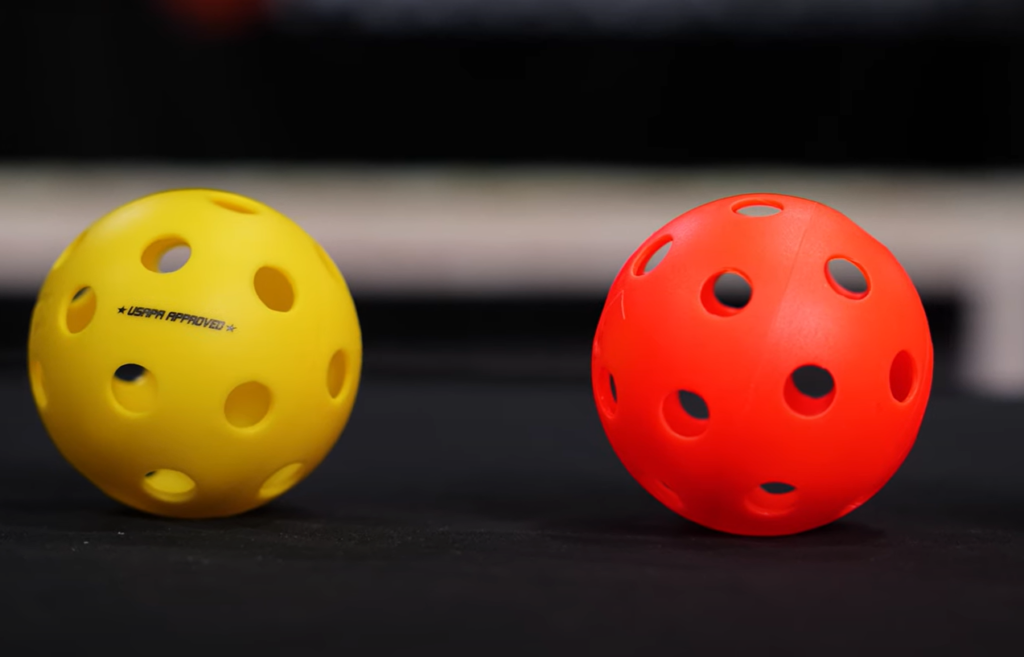
In terms of equipment, the paddles used in indoor and outdoor pickleball are also different. Indoor paddles are usually made of a lighter material like composite or graphite, while outdoor paddles are made of heavier materials such as wood or aluminum to withstand outdoor elements.
Indoor and outdoor pickleball may also differ in terms of court size. While both versions have similar dimensions, outdoor courts may have additional space around the perimeter for players to move freely and chase after balls that go out of bounds.
Another key difference is the element of weather. Indoor pickleball eliminates any concerns about playing in windy conditions or extreme temperatures, while outdoor pickleball players must be prepared for these factors which can greatly impact gameplay.
Finally, there may also be differences in the overall atmosphere and culture of indoor and outdoor pickleball. Indoor pickleball is usually played in a controlled environment such as a gym or recreation center, while outdoor pickleball is often played in parks or community centers where players may experience a more casual and social setting [2].
Tips for successful playing pickleball outdoors
Playing pickleball outdoors offers a unique experience for players, with the opportunity to enjoy fresh air and sunshine, while still getting in a great workout. However, playing outdoors also presents its own set of challenges that can affect gameplay and safety. To ensure a successful and enjoyable outdoor pickleball experience, here are some tips to keep in mind:
Choose the Right Equipment
Before heading out to play, it’s important to ensure that you have the right equipment for outdoor pickleball. Outdoor paddles are specifically designed to withstand various wind and weather conditions, featuring a rougher surface that provides an enhanced grip on the ball. This not only helps with control but also allows for better spin and power in your shots. Additionally, investing in a portable net system can bring added convenience and flexibility to your game, especially if you enjoy playing at different locations. With a portable net, you can set up a pickleball court wherever you go, whether it’s in your backyard, at a park, or even on the beach.
Check the Weather
Before heading out to play pickleball outdoors, it’s always a good idea to check the weather forecast. Being prepared for potential changes in weather, such as rain or wind, is crucial. Make sure to dress appropriately and consider bringing an extra layer or a waterproof jacket.
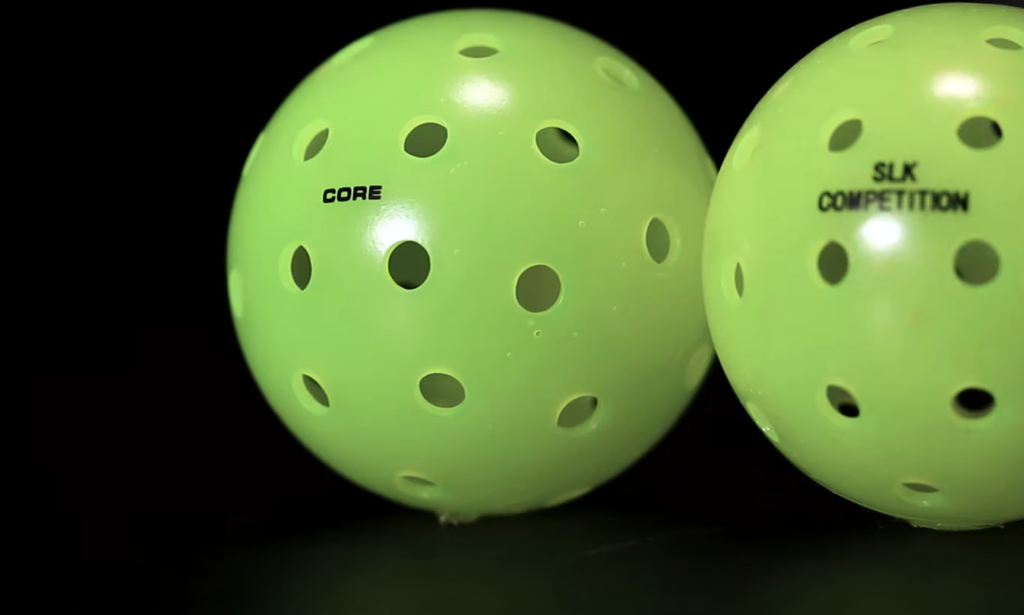
Don’t forget to apply sunscreen to protect your skin from harmful UV rays, and remember to bring plenty of water to stay hydrated throughout your game. Taking these simple precautions will help ensure a comfortable and enjoyable pickleball experience.
Find a Suitable Court
Choosing the right court is crucial for a successful outdoor pickleball game. Look for a court with an even surface, free of any significant cracks or debris that may affect gameplay. Additionally, consider the importance of good lighting, especially if playing in the evening, to ensure optimal visibility and an enjoyable experience. It is also advisable to avoid courts that are prone to high winds or any other potential hazards that may compromise the game’s quality and safety. Taking these factors into account will greatly contribute to a satisfying pickleball session.
Adjust Your Game
When playing outdoor pickleball, there are various factors that can influence your game, such as wind and sun. It’s crucial to adapt your strategy accordingly. For instance, if you’re facing windy conditions, you might find it necessary to hit the ball with increased force to counteract the wind’s effect. Similarly, when playing under direct sunlight, it’s advisable to consider wearing a hat or sunglasses to minimize glare and maintain optimal visibility. These small adjustments can greatly enhance your performance and overall enjoyment of the game.
Be Mindful of Surroundings
Unlike indoor pickleball courts, outdoor courts are often shared spaces utilized by various individuals engaging in different activities. Whether it’s a group playing basketball, families enjoying a picnic, or individuals practicing yoga, it’s crucial to be considerate of others and refrain from disrupting their endeavors. This encompasses being mindful of noise levels, ensuring minimal disturbances, and taking responsibility for maintaining cleanliness by promptly cleaning up after yourself. By demonstrating respect and awareness, we can create a harmonious environment for everyone to enjoy.
Stay Safe
When it comes to playing any sport, safety should always be a top priority. This holds true for pickleball as well. Whether you’re playing indoors or outdoors, it’s important to be mindful of potential hazards that may arise. When playing outdoors, keep an eye out for uneven terrain that could cause accidents or injuries.
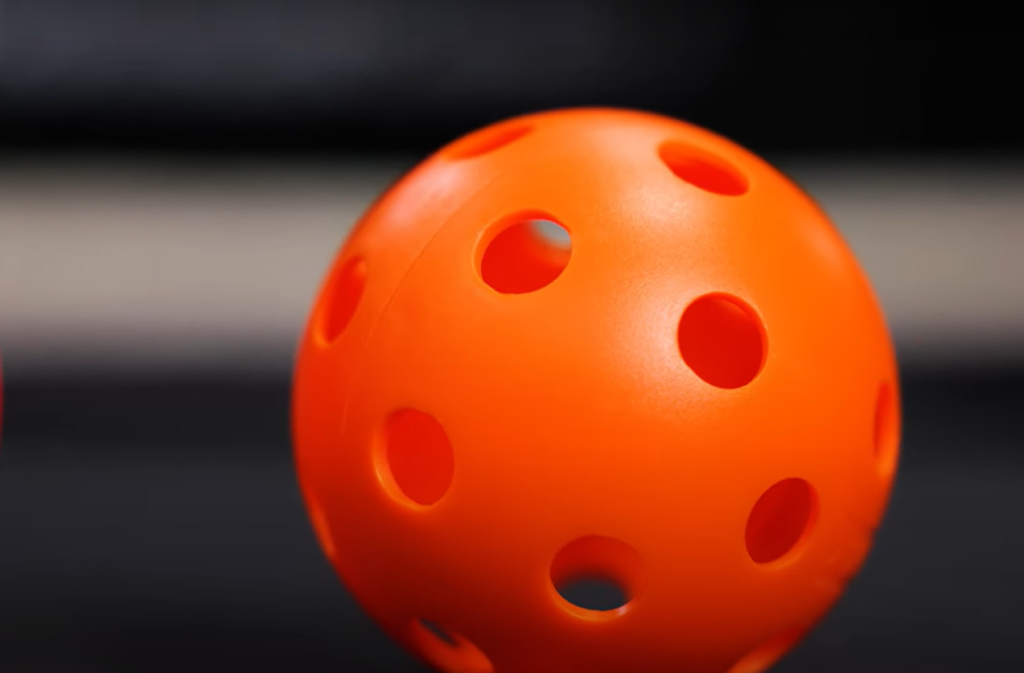
Additionally, be aware of other players on the court to avoid collisions or accidents. Before starting your game, take the time to properly warm up your body, ensuring that your muscles are ready for the physical activity. By taking these precautions and being cautious throughout your game, you can enjoy a safe and injury-free pickleball experience.
FAQ
Is there a difference between indoor and outdoor pickleballs?
Yes, there is a difference between indoor and outdoor pickleballs. Indoor pickleballs are made with softer plastic materials and have smaller holes compared to outdoor pickleballs. This allows for slower gameplay and better control on smooth surfaces, such as gym floors.
On the other hand, outdoor pickleballs are made with harder plastic materials and have larger holes. They are more durable and can withstand rough outdoor surfaces, such as asphalt or concrete. They also tend to move faster and have a higher bounce compared to indoor pickleballs. It is important to use the appropriate type of pickleball for each setting in order to have the best playing experience.
Can I play pickleball on any surface?
Pickleball can be played on various surfaces, including indoor gym floors, outdoor concrete or asphalt courts, and even grass. However, the surface does affect the game play and requires specific equipment.
For indoor pickleball, a smooth and non-textured gym floor is ideal to allow for better ball control. For outdoor pickleball, any hard surface with minimal cracks or rough spots will do. Grass courts are also an option but require specialized pickleballs with larger holes and softer materials. Before playing pickleball, it is important to check the condition of the surface and choose the appropriate equipment for the best playing experience.
How many players are needed to play pickleball?
Pickleball can be played in singles (1 vs 1) or doubles (2 vs 2) format. In singles, only one player is needed on each side of the court, while in doubles, two players are needed on each side.
It is recommended to have at least four players for a game of doubles pickleball. However, it is also possible to play with more than two players on each side, which can add an extra challenge and excitement to the game.
Ultimately, the number of players depends on the preference and agreement of those playing. As long as there are two opposing teams, pickleball can be played with any number of players.
What is the scoring system in pickleball?
Pickleball uses a unique scoring system that differs from other racquet sports. In singles, games are played to 11 points and must win by 2 points. In doubles, games are played to 15 points and must win by 2 points.
Points can only be scored by the serving team, and players take turns serving every two points. If the receiving team wins a rally, they earn the right to serve.
Matches are typically played as a best of three or five games, depending on the agreement of players. In tournaments, matches may be longer and follow different rules, such as playing to 21 points. Knowing the scoring system is essential in playing pickleball and can add an extra level of intensity and strategy to the game.
Why are there different types of pickleballs?
There are different types of pickleballs to accommodate for different playing environments and preferences. As mentioned earlier, indoor and outdoor pickleballs have distinct differences in their materials and construction.
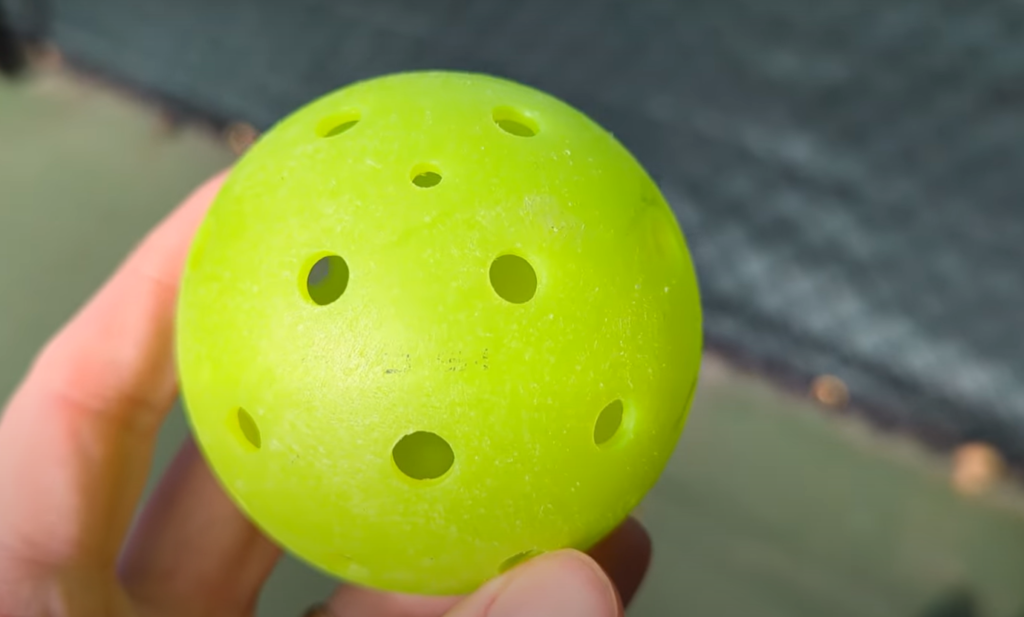
In addition, there are also specialty pickleballs designed for high altitude locations or cold weather conditions. These balls have been modified to perform better in these specific environments.
Furthermore, some players may prefer different types of pickleballs based on their playing style and skill level. It is always recommended to try out different types of pickleballs to find the one that suits you best.
What are some common strategies in pickleball?
Pickleball is a strategic game that requires players to think ahead and anticipate their opponent’s moves. Some common strategies include placing shots deep into the court, using lobs to force the opponents back, and aiming for the “kitchen” or non-volley zone to limit their opponent’s options. Another important strategy is communication between doubles partners. Teamwork and coordination are crucial in covering the court efficiently and setting up winning shots.
How many holes are in an indoor and outdoor pickleball?
Both indoor and outdoor pickleballs have 40 holes in total. However, the size and shape of the holes differ between the two types.
Indoor pickleballs typically have smaller holes that are evenly spaced out around the ball. This allows for slower gameplay and better control on smooth surfaces. Outdoor pickleballs, on the other hand, have larger holes that are strategically placed to reduce wind resistance and increase speed.
Understanding the differences in hole size and placement can help players choose the appropriate pickleball for their playing environment. Overall, there are many factors that contribute to the game of pickleball, including equipment, surface, strategies, and rules. With its growing popularity, it is important for players to continue learning and improving their skills in order to fully enjoy this fun and exciting sport.
How do I choose a pickleball ball?
Choosing the right pickleball ball depends on various factors such as playing environment, personal preference, and skill level. It is important to consider these factors when selecting a pickleball for optimal performance.
If playing indoors on a smooth surface, an indoor pickleball with smaller holes and softer materials would be ideal. For outdoor play on rougher surfaces, an outdoor pickleball with larger holes and tougher materials may be preferred.
Some players may also prefer different types of pickleballs based on their skill level. For beginners, a slower ball with smaller holes can help them learn the basics of the game. Advanced players may opt for a faster ball with larger holes to challenge their skills.
Which pickleball variant is commonly played in outdoor settings?
Outdoor pickleball is commonly played with a variant that uses larger holes and tougher materials compared to indoor pickleball. This type of ball is specifically designed for outdoor play on rougher surfaces, such as concrete or asphalt. It also performs well in windy conditions and allows for faster gameplay. These outdoor pickleballs are often preferred by more experienced players due to their challenging nature. However, it is always recommended to try out different types of pickleballs to see which one suits your playing style and environment best. So, don’t be afraid to experiment and have fun with the various pickleball ball options available.
Which pickleballs have the largest holes?
The largest holes can be found in outdoor pickleballs, specifically designed for playing on rough surfaces. These balls typically have 40 larger holes compared to indoor pickleballs which have smaller and more evenly spaced out holes. The size and placement of the holes in pickleballs greatly affect the gameplay, so it is important to consider these factors when choosing a ball for your game. It is also beneficial to try out different types of pickleballs to see which one suits your playing style and environment best. With the right type of pickleball, you can enhance your game and have a more enjoyable pickleball experience.
Useful Video: What are the differences between Outdoor & Indoor Pickleballs
Conclusion Paragraph
So, the differences between indoor and outdoor pickleballs are not only limited to the materials they are made of, but also in their performance on different surfaces. The major factors that affect the performance of outdoor pickleballs is their weight and hardness due to which they bounce more readily and go further distance than indoor pickleballs. On the other hand, indoor pickleballs are designed for slower movement and less distance travel because of their lighter weight and softer construction. Hence, the choice between indoor and outdoor pickleballs ultimately depends on where you will be playing the game.
References:
- https://www.ppatour.com/indoor-vs-outdoor-pickleball/
- https://www.paddletek.com/blogs/news/indoor-vs-outdoor-pickleballs





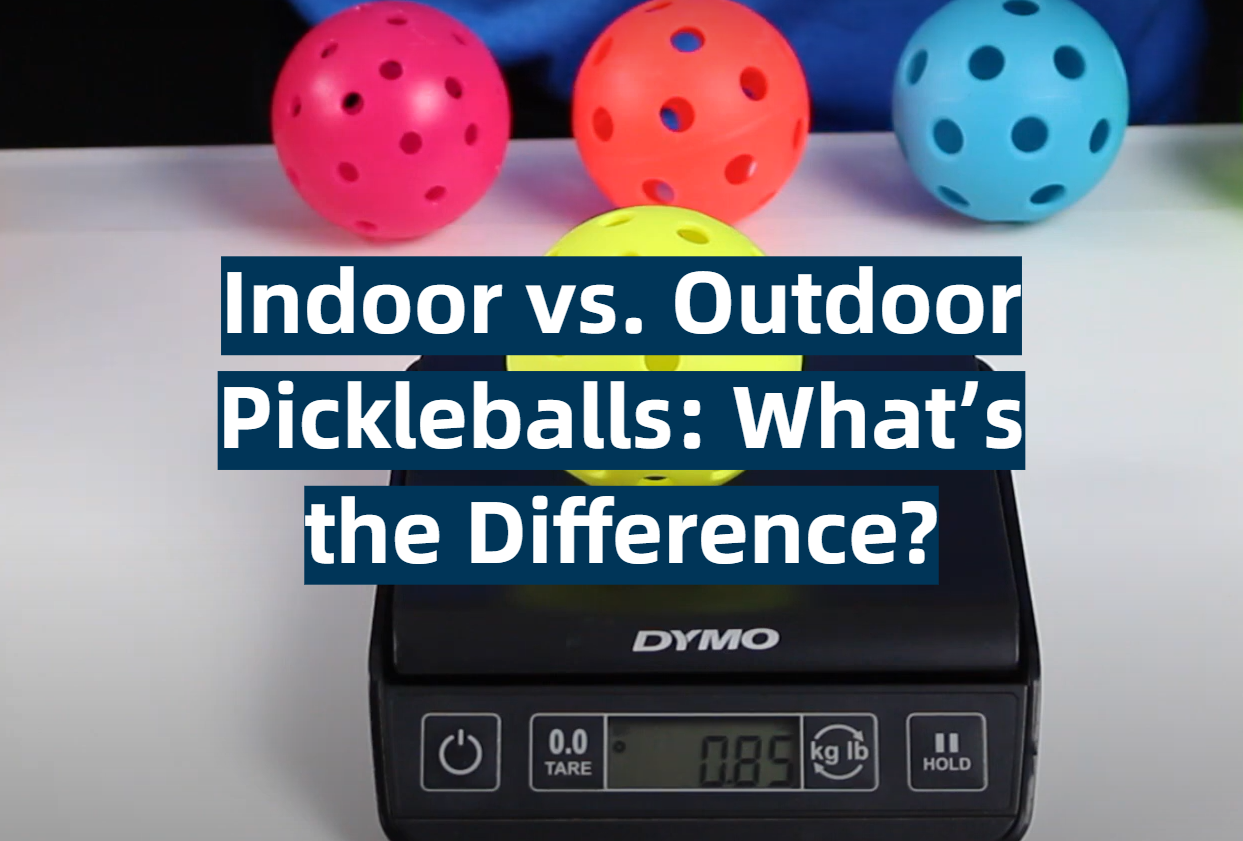
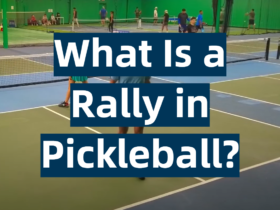
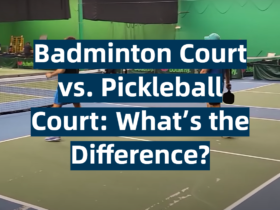
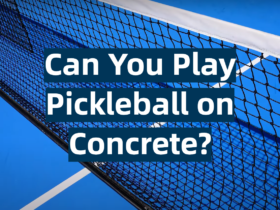
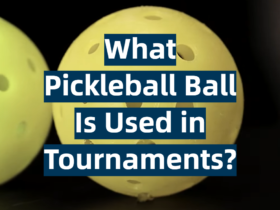
Leave a Review